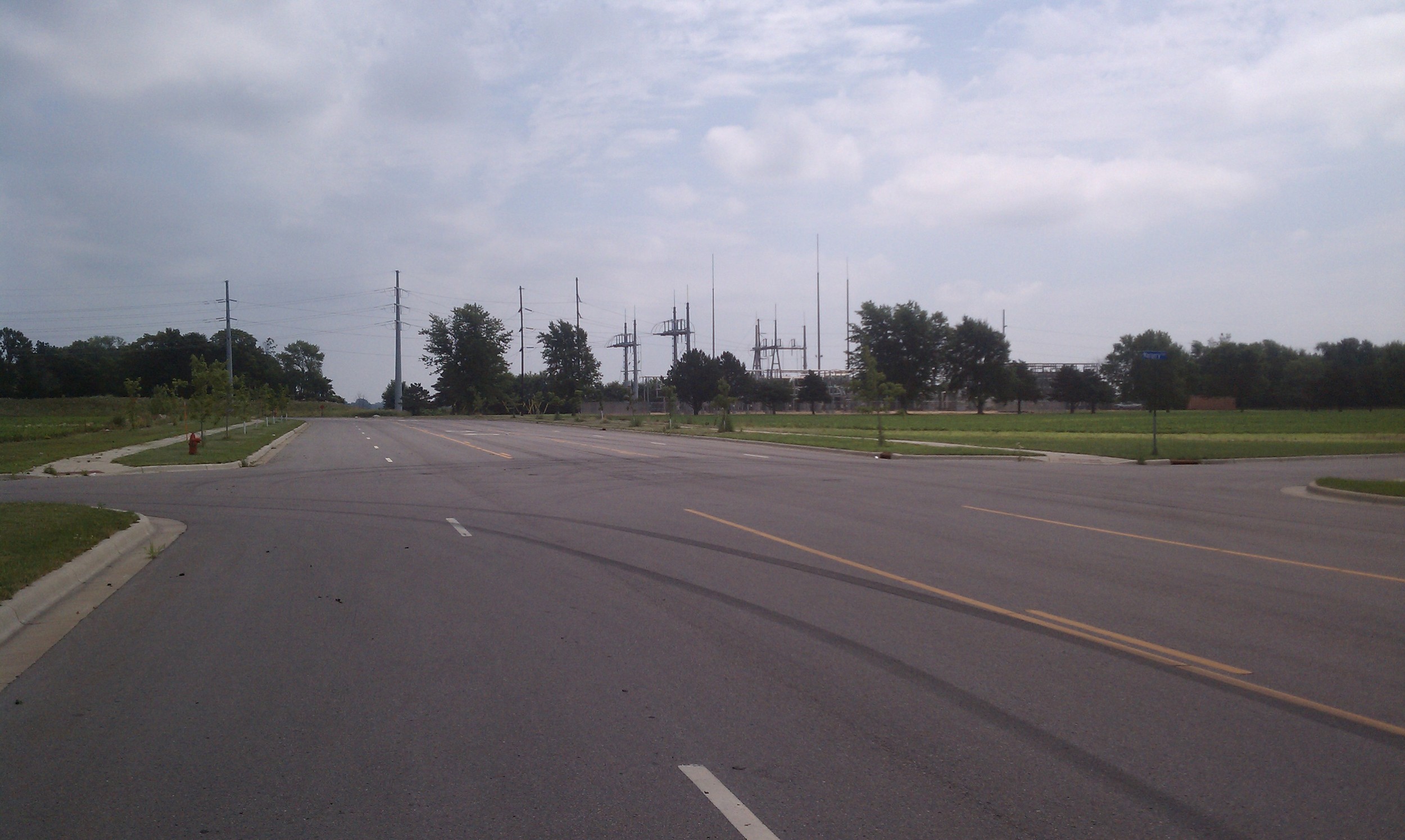We just don’t get it
Strong Towns would like to welcome back guest contributor Nate Hood, who authored this post. Check out his excellent work on his blog at Thoughts on the Urban Environment.
The American collective is slowly starting to figure out how to make plans that look good. City Councils and Planning Commissions across the nation have slowly started to realize the potential of a healthy downtown and/or have become enamored with New Urbanism. Whatever the reasoning, most small to mid-sized towns have, or are developing, some 21st century plans.
This is good news, but it takes more than just having a plan. You have to follow through with it, and we are clueless on implementation.
Take Oakdale, Minnesota for example. It’s a mid-century suburb with no downtown. But, what it does have is a derelict 26 year old defunct mall surrounded by a vast unkept parking lot. To help remedy this eyesore, Oakdale’s planning department took a proactive approach a few years back and created a praise-worthy comprehensive site plan. This plan will not, however, come to fruition.
The new plan is much less ambitious - instead of a reasonably dense, mixed-use community connected to adjacent land-uses, Oakdale is going to get two strip malls, with the possibility of a small, two-story building in the future, that will be, once again, surrounded by parking.
In doing such, Oakdale will get a short-term property tax revenue boost; but wait 20 years and they’ll be in the exact same situation, because it’s not the aesthetics of the unattractive mall that lead to its demise – it’s the programming. The new strip malls will be a slight visual improvement, but it will have precisely the same programming that already failed once. What makes anyone think it’ll work the second time around?
Subsidizing Competing Land-uses
The problem with revitalization plans is that cities also subsidize sprawl, and often times to a much greater degree. It is as if we desperately want downtown to thrive, but aren’t willing to give up our auto-dependent environments.
For example; Mankato, Minnesota really wants a vibrant downtown. They’ve pulled out all the usual stops: promote mixed-used development, a historic building facades grant program, improve street, pedestrian and bike connections and reacquaint the town with its riverside. The plan is good, but the City has absolutely no idea how to make it happen.
All the money and time spent towards revitalization efforts is moot if Mankato doesn’t stop subsidizing large competing suburban infrastructure projects that add no real value to the community and quickly become financial liabilities. In this case, the City has, and still plans to, build roads into cornfields to accommodate more suburban houses. These expansive road subsidies vastly outweigh any amount of money thrown into the downtown beautification.
Public officials appear to want the best of both worlds: 1) more quick tax revenue windfalls from easy-to-build suburbanism, and 2) a vibrant downtown. This point is best illustrated by Mankato’s new Holiday Inn:
This is Mankato’s new Holiday Inn. It’s five floors surrounded by soy beans.
This is the four lane road, plus center turn lane, that leads out to the Holiday Inn’s secluded location. Even at its absolute busiest,it’s doubtful the Holiday Inn (or its one neighbor) generates enough traffic to justify four lanes. Yet, while the City of Mankato tries to build up the downtown – it also builds these massive, expensive roads at the edge of town that enables businesses, like the above Holiday Inn, to leave the town center. In this case, Holiday Inn relocated 3.8 miles away and dropped its Walk Score from a solid ‘83’ down to crossing your fingers you don’t get hit by a car running across 6 lanes to get to the Applebee’s.
Even if the city wasn’t simultaneously subsidizing sprawl, Mankato’s downtown strategy would probably fall flat because it isn’t a change of programming, but an effort to pump money into things that don’t make that big of a difference; like hanging baskets, nicer looking sidewalks and more benches. The reason people aren’t going downtown isn’t because there is a lack of elevated floral arrangements. This is the reason:
This photo exemplifies Mankato’s misguided downtown revitalization. The City has added new lamp posts, wider sidewalks, floral arrangements and some benches. But, all of this competes with a large 6-lane road and an ugly building. Mankato has even tried to add public art along main corridors in downtown, but since the town has so many “missing teeth”, these statues look like nothing more than the garnish of small parking lots.
The reality is that we just don’t get it.
We can’t get serious about revitalizing our traditional downtowns unless we first stop subsidizing sprawl and secondly, stop bending over backwards to accommodate the automobile. There are new, innovative and exciting urban planning ideas are out there, but most municipalities aren’t connecting the dots and are merely continuing the status quo circa 1990.
We rely on you to fund this blog. If you stop by here very regularly for some fresh ideas on building Strong Towns, please consider supporting our efforts. Even the smallest donation has big ramifications for what we are doing.



